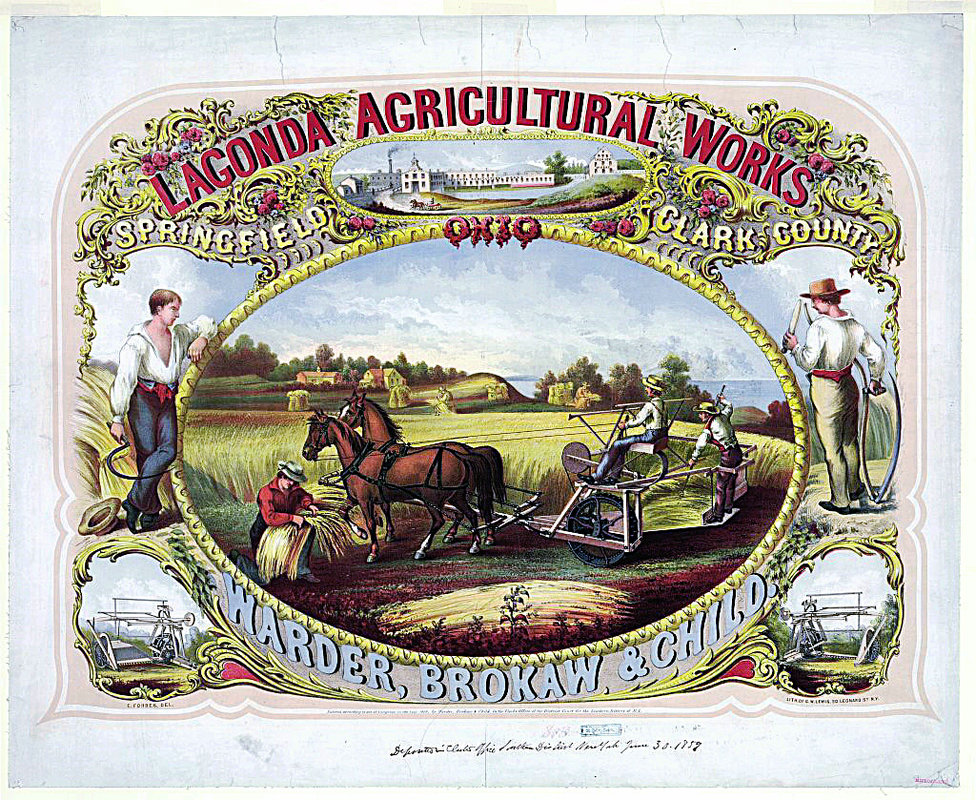Edwin Austin Forbes (born 1839 in New York, Dead March 6, 1895 in Flatbush, Brooklyn, New York) was an American historian, landscape and animal painter and etcher who first gained fame during the American Civil War for his detailed and dramatic sketches of military subjects, including battlefield combat scenes. Forbes traveled with various contingents of the Union Army and was particularly interested in common soldiers’ daily lives as well as more traditional subjects like generals and battles.
Forbes was born in New York, studied under Arthur Fitzwilliam Tait, and began as an animal and landscape painter.
Forbes began to devote himself to art in his nineteenth year of life, in which he became a pupil of the English animal painter Arthur Tait, who had moved to North America in 1850.
In 1857, he worked with Arthur Tait who specialized in painting action scenes of scouts and Indians on the Western Plains. Later in his career, Forbes returned to painting and focused on depicting landscapes and animals.
His career as an illustrator began in 1861 when he became a staff artist for Frank Leslie’s Illustrated Newspaper and was sent to cover the campaigns of the Army of the Potomac.
After the outbreak of the Civil War, he went to the Potomac Army, He followed the Union Army from Cross Keys in the Shenandoah Valley to the battles at Manassas in 1862 and the siege of Petersburg in 1864. He made quick sketches on the battlefields then refined these later. He had a strategic viewing spot to observe Pickett’s charge at Gettysburg.
He then stayed in the South as a specialist for bookseller Frank Leslie during the years 1862 to 1864, creating a variety of slaughter scenes and images of historical interest. He was the first of the “special artists” to produce drawings of the battle to send back to Leslie’s in New York. He was most interested in capturing scenes of camp life. Leslie’s published 178 of his wartime drawings. In 1864, Forbes resigned his position at Leslie’s but continued to produce images of war. Many of the spirited etchings he drew during the conflict were later presented by General Sherman to the government. They are now preserved in the War Office at Washington because of their historic value.
After the war, Forbes painted landscape and cattle scenes, among which are “Orange County Pasture” (1879) and “Evening—Sheep Pasture” (1881). In 1877 he was made an honorary member of the London Etching Club.
Many of these drawings were made into copper plate etchings and published as Life Studies of the Great Army (1876) for which he was awarded a medal at the Philadelphia Centennial in 1876. General William T. Sherman purchased the first proof and donated it to the United States government. Forbes’s illustrations also appeared in Beyond the Mississippi (Hartford, 1869), which contained drawings from photographs and earlier published prints of scenes from the Mississippi to the Pacific coast by many of the Civil War artists including Joseph Becker, Alfred Waud, William Waud, Frank Schell, and Thomas Nast. Forbes also did illustrations for numerous publications including Pebbles and Pearls for Young Folks (Hartford, 1868), Specimen Pages and Illustrations from Appleton’s Journal (New York, 1870), The Atlantic Almanac (1871), and School Days at Mount Pleasant by Ralph Morley (New York, 1872). In 1878 he opened a studio in Brooklyn, and in 1890 he published a summary of his work in Thirty Years After: An Artist’s Story of the Great War.
Both volumes were well-received, especialy Life Studies, for which Forbes received a gold medal at the Centennial Exposition in Philadelphia (1876). General William T. Sherman also purchased a set of the Life Studies plates for his office in the War Department. In 1919 the Library of Congress acquired a large collection of Forbes’ wartime work, including drawings, plates and the original impressions from Life Studies.
Having returned to New York, he exhibited in the Academy there a picture of the battles in the wilderness (May 5 to 7, 1864), which met with much applause. Even later, he still painted war pictures, but after the end of the war devoted himself more to the landscape painting and the depiction of the domestic animals.
Forbes also illustrated three children’s history books and participated in numerous etching clubs and exhibits.
He died in 1895 in Brooklyn and is interred in Green-Wood Cemetery.
